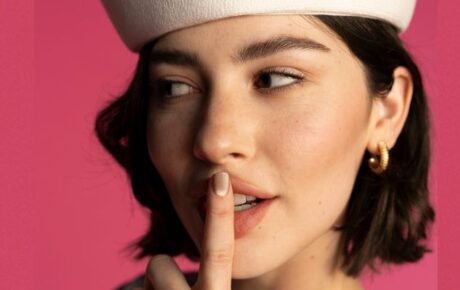The 2017 ‘playlist,’ aptly named More Life, shows Drake stepping outside of his bubble and appreciating the rest of the world. He travelled. He picked up sounds and feelings from everywhere he could and slapped them all together in his 22-track-long playlist to show that he was more than just a musician, he was a student. And he absolutely loved life, in all its vibrant colour.
Fresh off the pop success that was Views, More Life couldn’t be more different. Sure, some of the tropical dancehall beats carried into the playlist, but for the most part it felt like the work of two very different artists. Views was arrogant. It was Drake storming onto the pop charts and snatching every place until he rose to the top. But More Life is patient. Its Drake taking a step back and letting other creatives behind the steering wheel for a bit.
Out of the 22 tracks, Drake’s completely solo on just under half of them. On the other 12, old friends like PARTYNEXTDOOR, 2 Chainz and Young Thug join him as well as rising rappers Travis Scott and Quavo, and UK hip hop and R&B stars Jorja Smith, Giggs and Skepta. On ‘4422,’ fellow collaborator Sampha sings the entire song and ‘Get It Together’ and ‘Skepta’s Interlude’ see both Jorja Smith and Skepta taking complete control with Drake ducking his head in if necessary.
It seems along Drake’s travels, he picked up a few treasures. He became significantly inspired by both grime and Jamaican dancehall music, inserting the genres into songs that somehow manage to sound nothing like Drake and yet exactly like him at the same time. Although stated as not being a grime artist, UK rapper Giggs brings a clear dirty element to both ‘No Long Talk’ and ‘KMT’ that Drake’s never delved into before and Drake experiments with it on his own on ‘Gyalchester.’ In ‘Madiba Riddim,’ ‘Blem’ and ‘Fake Love,’ Drake taps into the dancehall culture of Jamaican 808’s and even adopts some of the slang.
But then come the ‘Drakey’ moments. The slow and soft pieces of vulnerability that are the building blocks of his entire brand. ‘Passionfruit’ sees some dancehall developments but has roots that go all the way back to ‘Hold On, We’re Going Home.’ And the J-Lo sampled ‘Teenage Fever’ just reeks of Take Care’s lovey-dovey moments. On ‘Lose You,’ he’s asking if he’s lost his loved ones due to his career and on ‘Can’t Have Everything’ his mum tunes in with a voicemail at the end, warning him to set his ‘negative tone’ aside.
You definitely can’t blame Drake for learning. He learns to navigate fame and his relationships, he learns how to love and how to let go, and he learns different ways to keep crafting his musical talent. No matter how successful he’s become, Drake still knows he has so much more to be taught. If each album is Drake’s homework for the year, More Life is his homework for his entire career. It’s all the notes he left lying around all scrambled into one portfolio, just to remind the star the codes and easier ways to navigate each problem. It doesn’t really fit into Drake’s whole brand, but it needs to be there in order for Drake to continue being Drake. If not for anything else but to remind the star that there’s still ‘more life’ to be lived.
SEE MORE: From The Vault: Drake ‘Views’












